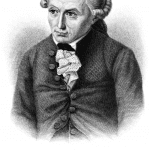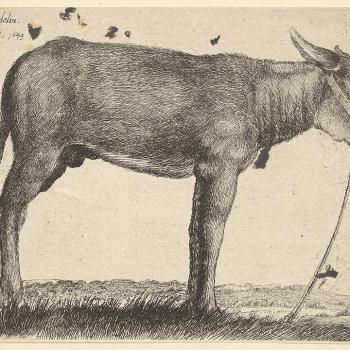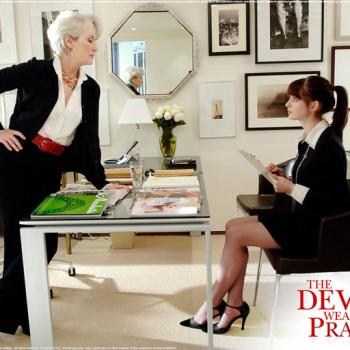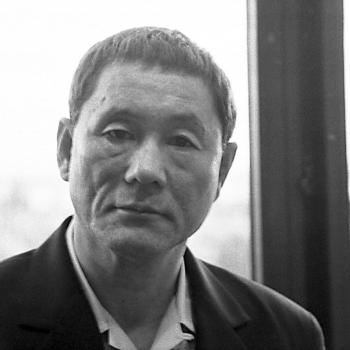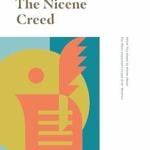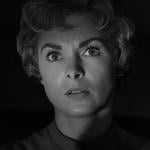There is a sense in which the cynicism that can arise from scholarly work can preclude thought because it suggests to the academic that he or she already has the art object figured out. I, for example, might see a trailer for a film and think “that’s an Oscar movie; it’s pandering to the committee” or might see a book by James Joyce and say “Catholic repression and stilted prose—I already know what to expect.” Wonder, even enjoyment besides the enjoyment of figuring something out, is precluded from the git-go. The scholarly mindset, in other words, can very easily make one into an ideologue. I do not mean this in some vulgar sense, the way in which many use it to dismiss their rivals or foes. I mean that it can make everything seem as if it readily and easily fits into a predetermined framework, and thus by a sort of self-fulfilling prophecy slots everything into that paradigm. If ideology is the air we breathe, this ensures that every breath comes out 100% pure ideology.
When some piece of art breaks through this cynical veil, however, one finds oneself reintroduced to passion and thus to thought. The possibility to reconfigure one’s way of looking at the world enters in once more. A good film, for example, might contain such a complex set of ideas, though left without direct moral commentary, that I have no choice but to figure out how, and if, they work together coherently. I might be able to trace particular strands or traditions in what it presents, but it may baffle any attempt to merely fit them together. And, even if one can fit them together, one will have done so in the absence of a body of secondary literature. One will have thought.
In other words, while I am not sure any of us can escape “ideology,” I do think exposure to art, immersion in it, can aid thought, help us to think for ourselves. I am not a “beauty will save the world” person, but there is room, I believe, for beauty in truth, for beauty in this world and the thinking it fosters.
The irony of citing Heidegger in the context does not escape me. The man aligned himself with the Nazis after all. Still, as with art, I have hope that engagement with his work may be productive, may aid us in expanding the horizon of our thought. Put another way, I hope engaging with this (and yes, even with him) may help you, dear reader, to see what beauty might lie beyond whatever your current boxes are, to—without merely looking to commentary (like even my own) or secondary criticism—think for yourself.


